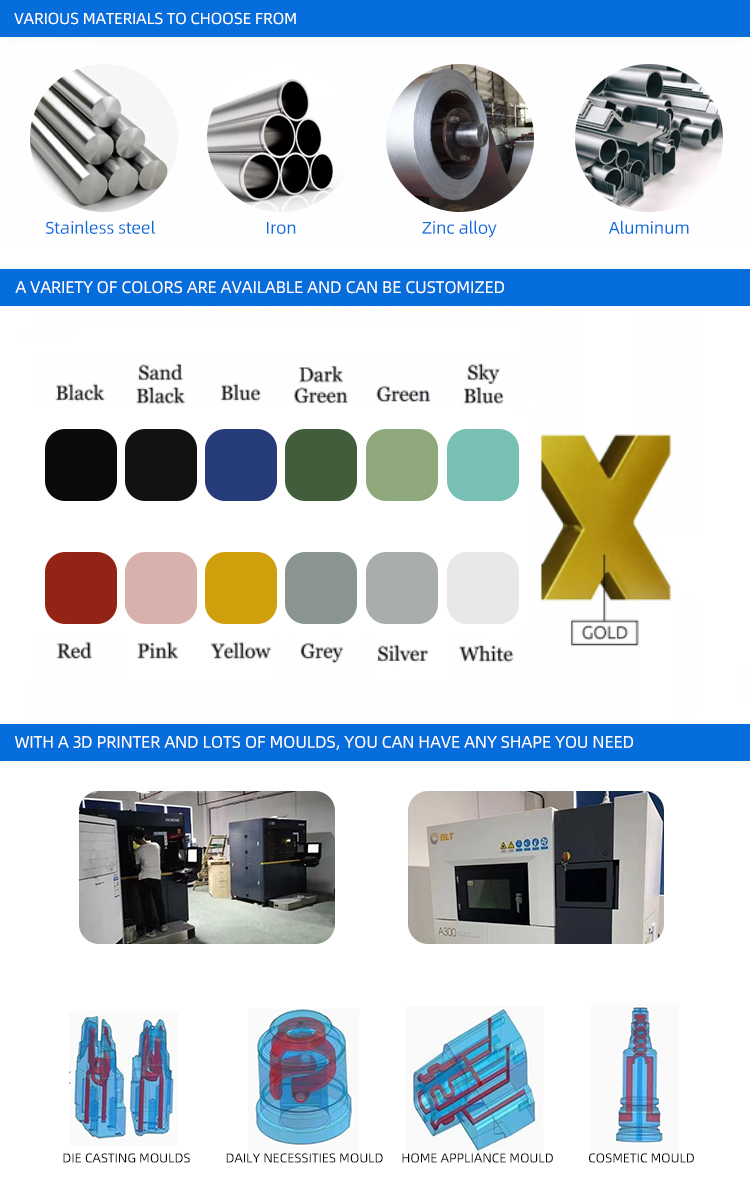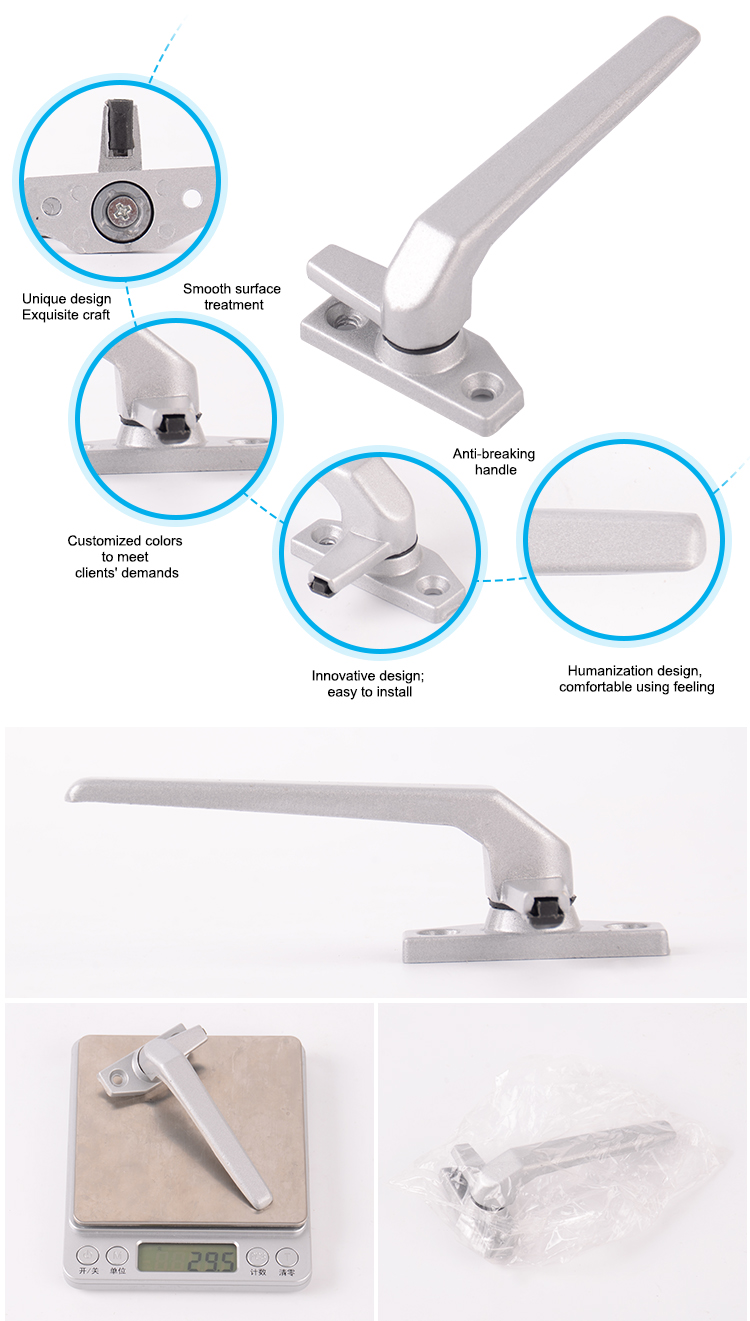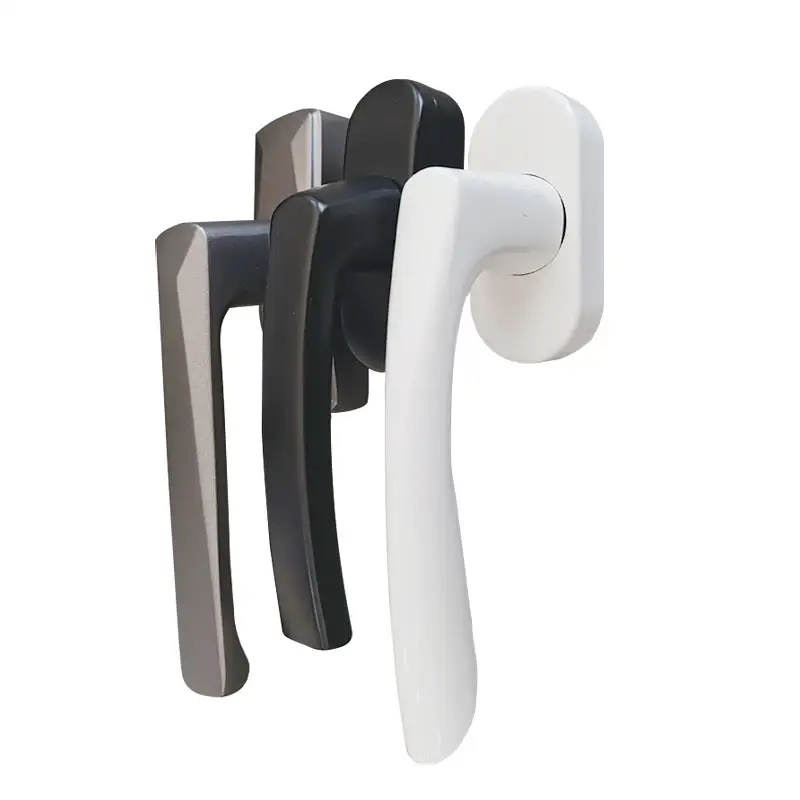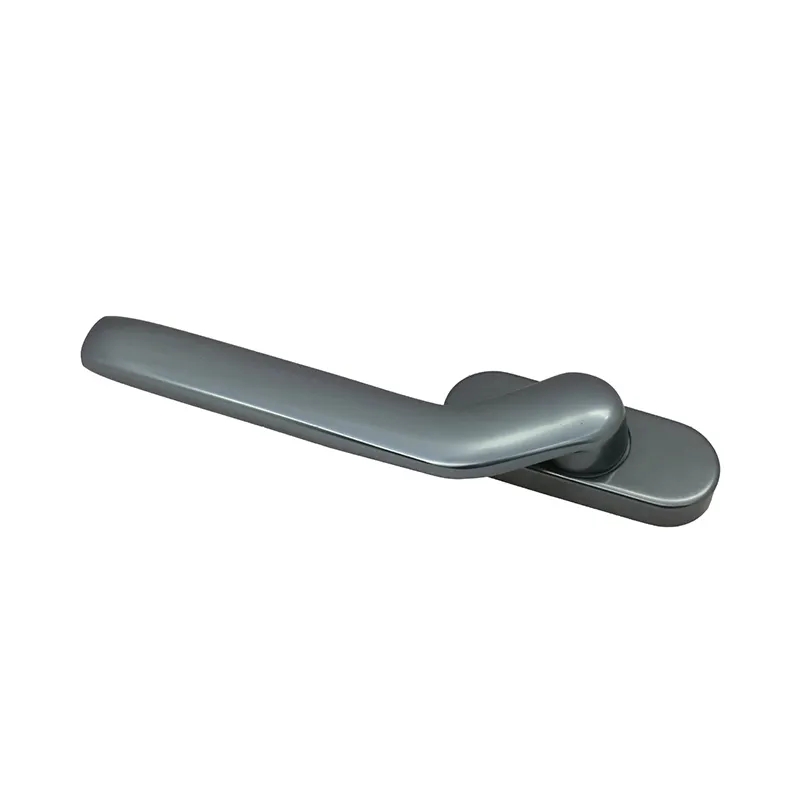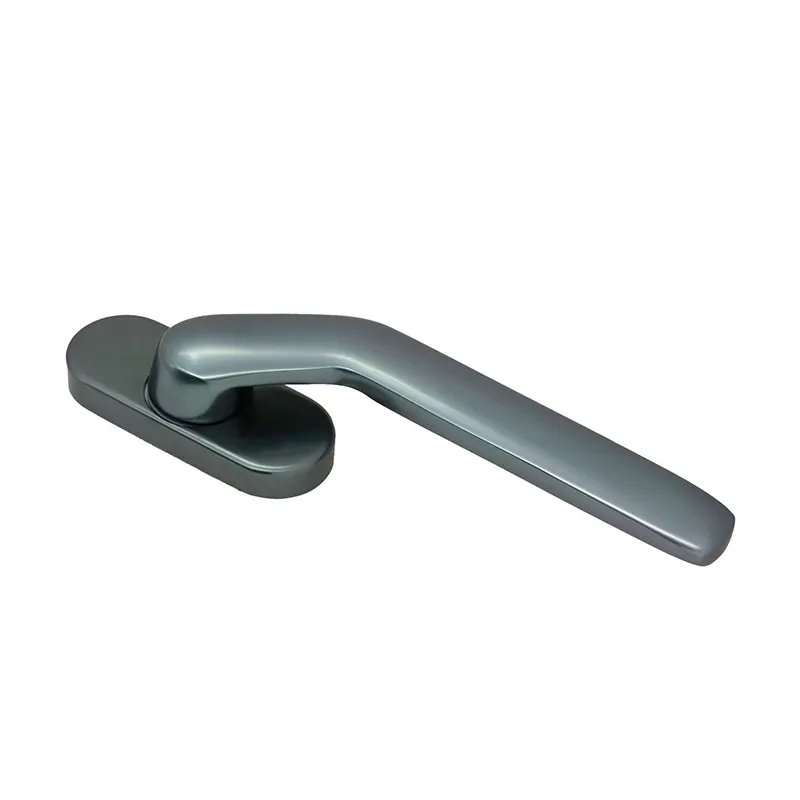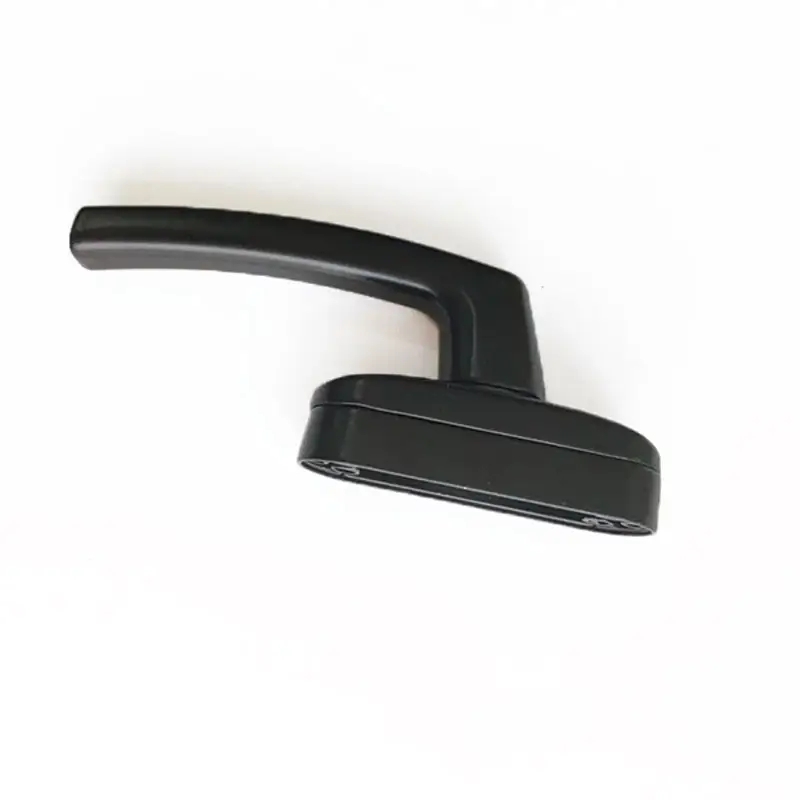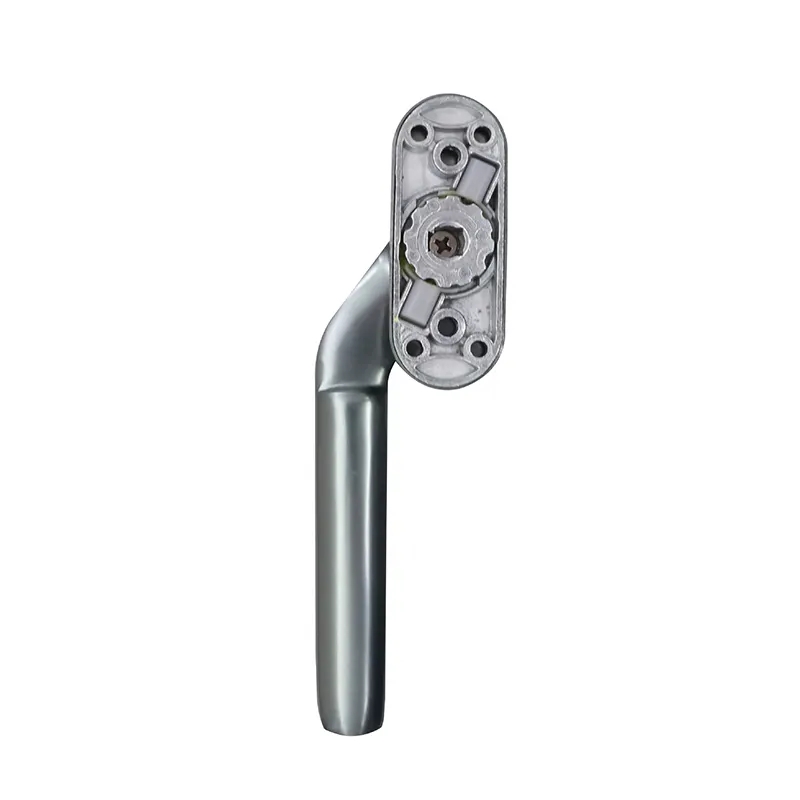Window Handles: Where Design Meets Functionality in Architectural Masterpieces
Introduction
In the realm of architectural ingenuity, where form converges with purpose, window handles emerge as the unobtrusive yet vital components that seamlessly blend design with practicality. These modest elements possess the potential to enhance both the visual appeal and functional convenience of architectural spaces. This article delves into the world of window handles, uncovering their multifaceted roles, the interplay of materials and design, and their transformative ability to shape spaces into harmonious expressions of elegance and usability.
Discovering the Fusion of Practicality and Design in Window Handles
Window handles serve as the tactile conduits that bridge occupants with their environment, enriching the architectural experience on multiple dimensions:
Intuitive Interaction: Whether through the fluid motion of a lever or the controlled rotation of a crank, window handles offer tactile engagement that elevates a routine action to an enjoyable experience.
Controlled Comfort: Modern window handles provide an array of opening options, empowering users to regulate natural light and airflow, fostering comfort while embracing energy efficiency.
Security and Serenity: Integrated locking mechanisms bestow occupants with a sense of security, allowing them to immerse themselves in their spaces without concern.
Elevating Aesthetics: The Design Symphony
Window handles extend beyond mere functionality, evolving into integral design elements that enrich the visual narrative of architectural spaces:
Material Harmony: From the modern allure of brushed nickel to the timeless elegance of wood, the choice of material adds character and depth, seamlessly integrating the handles into the architectural composition.
Architectural Unity: Window handles can either blend harmoniously with architectural styles or stand out as accents, contributing to the overall aesthetic unity of a space.
Finishing Flourish: The finish of a window handle, whether polished, matte, or antiqued, adds the final touch of finesse, creating a cohesive visual impression that resonates with the environment.
Guiding the Selection Process: A Thoughtful Approach
Choosing the right window handles requires a meticulous balance between practicality and aesthetics:
Functionality and Form: Prioritize handles that align seamlessly with the operational demands of specific window types, ensuring their form enhances their function.
Design Continuity: Consider the overarching design theme of the space. The chosen handles should resonate with this theme, fostering a consistent visual language.
Ergonomic Excellence: Opt for handles that prioritize comfort and ease of use. Particularly in spaces where windows are frequently operated, ergonomic considerations are crucial.
Conclusion
Window handles, often overshadowed by grander architectural features, embody the fusion of artistic finesse and utilitarian significance. They epitomize the blend of tactile interaction with visual enhancement, creating spaces that beckon occupants to thoughtfully interact with their environment. By thoughtfully selecting window handles that align with material choices, design visions, and user comfort, architects and designers craft environments that transcend the ordinary, inviting occupants to engage with their surroundings in a profound way. In the symphony of architectural composition, window handles are the harmonious notes that weave together aesthetics and functionality, ultimately crafting narratives that speak of intention and grace.
